Chatbot Case Studies Reveal Platform Strengths and Weaknesses

Real-world chatbot case studies show that every chatbot platform delivers unique strengths and weaknesses, shaping both customer support outcomes and business results. Companies like Domino’s Pizza and Uber have documented measurable improvements—such as a 25% rise in online sales or a 20% drop in support requests—after deploying specific chatbot solutions.
| Company | Platform | Result |
|---|---|---|
| Domino’s Pizza | IBM Watson (Chatbot) | 25% increase in online sales |
| Amtrak | Converse.ai | 30% reduction in customer complaints |
| Uber | Microsoft Bot Framework | 20% reduction in customer support requests |
| American Express | Conversation Intelligence | 15% increase in sales |
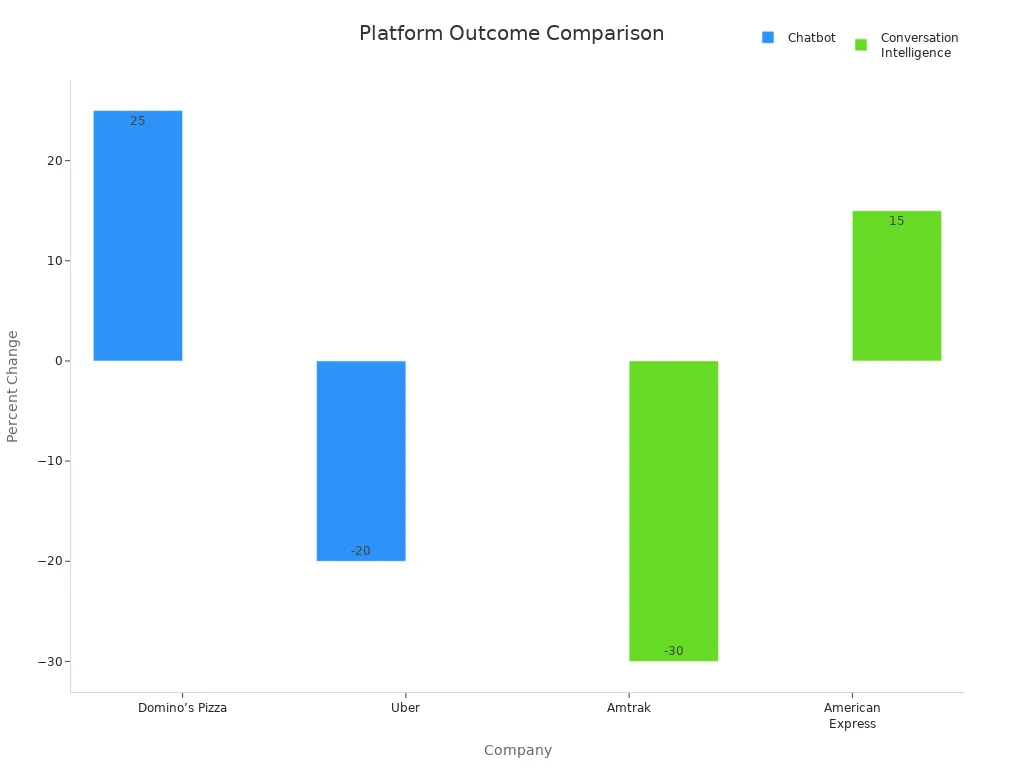
Businesses in retail, ecommerce, and customer support rely on these case studies to make informed choices, since improvements in customer satisfaction metrics like CSAT and NPS directly impact revenue and loyalty. Sobot AI, trusted by brands across industries, demonstrates how the right chatbot can elevate customer experiences and operational efficiency.
Chatbot Case Studies in Customer Service
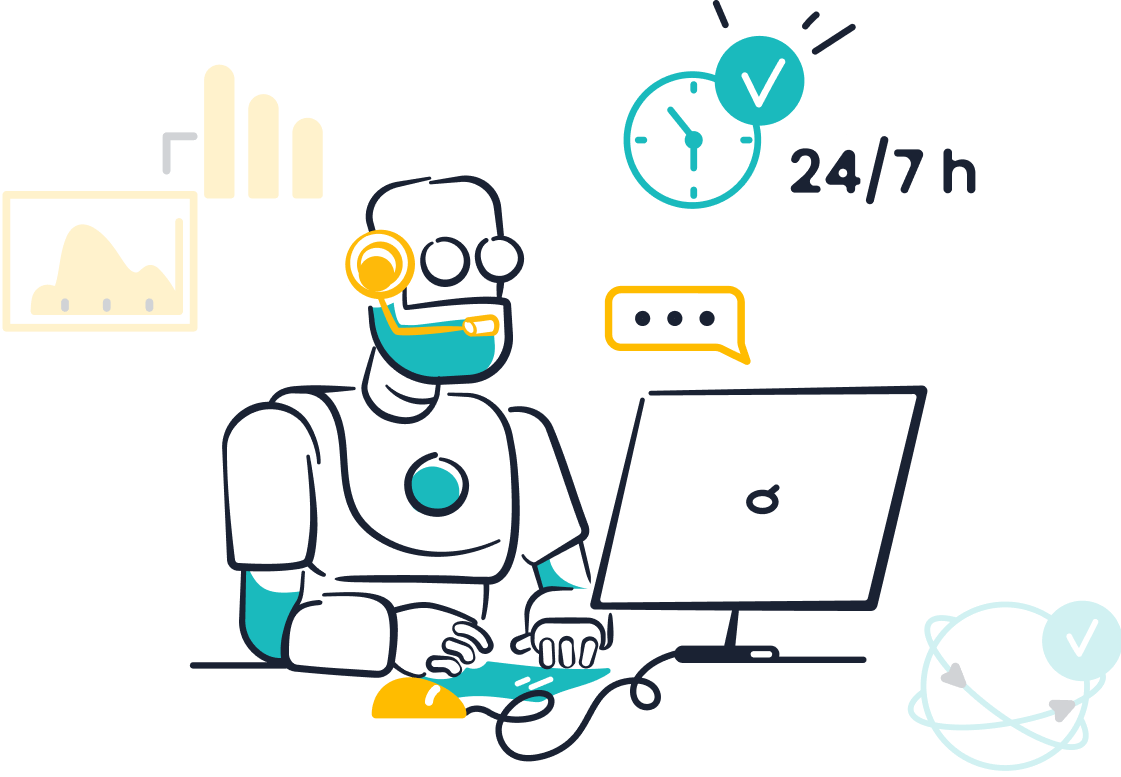
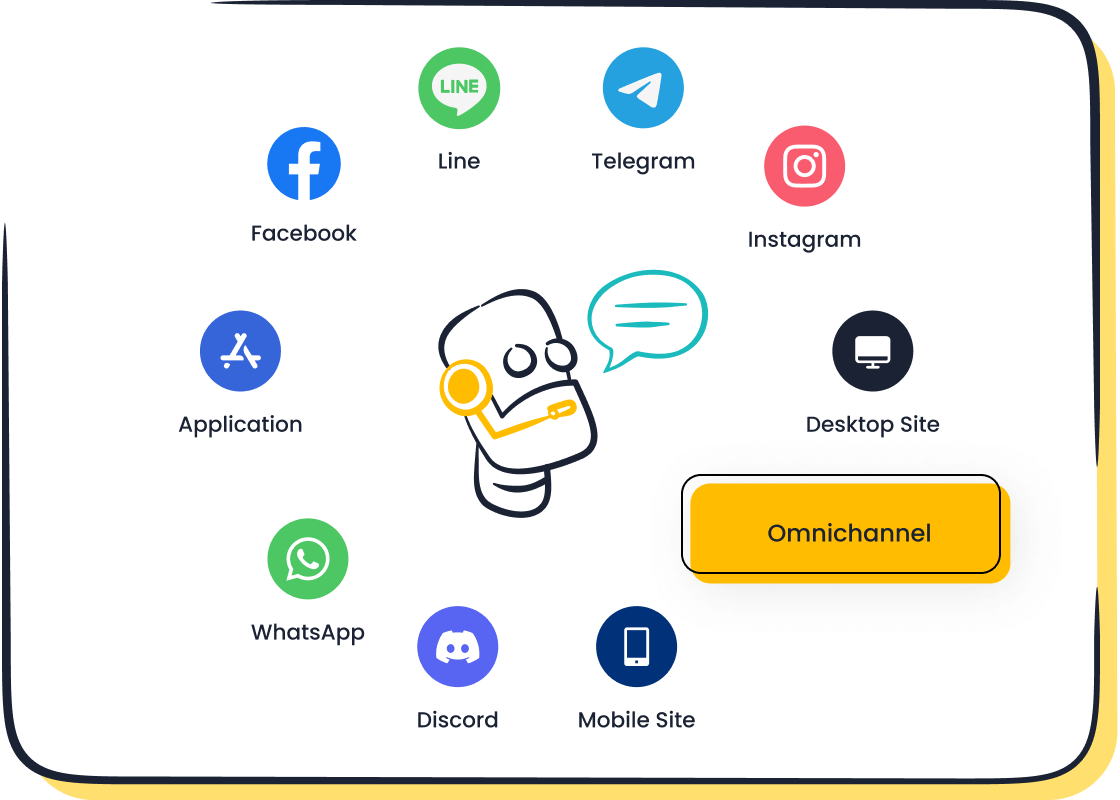
Sobot Chatbot for Retail and Ecommerce
Chatbot case studies highlight how businesses in retail and ecommerce use AI to improve customer support and drive growth. Companies that deploy a chatbot for customer service often see measurable improvements in efficiency and satisfaction. For example, many organizations report:
- A 67% increase in sales after implementing AI chatbots.
- Up to 30% reduction in customer service costs.
- 28% of website visitors converted into leads through chatbot use.
- 40% increase in customer engagement with AI-powered assistants.
- 33-second reduction in average customer wait times.
- 33% improvement in agent efficiency due to 24/7 AI support.
Sobot’s chatbot platform stands out in this space. It provides omnichannel support, allowing customers to interact through chat, email, voice, and social media. The platform’s AI-driven automation handles repetitive tasks, freeing agents to focus on complex issues. This approach leads to higher customer satisfaction and operational efficiency. Businesses using Sobot’s chatbot for customer service also benefit from multilingual capabilities and easy integration with existing systems.
Key performance metrics from chatbot case studies include:
| Metric | Improvement |
|---|---|
| Problem Resolution Rate | Up to 83% resolved by chatbot |
| Customer Satisfaction Rate | Up to 94% positive feedback |
| Customer Engagement | 40% increase |
| Agent Efficiency | 33% improvement |
| Cost Reduction | 30% lower service costs |
These results show that a well-designed customer support chatbot can transform service delivery, boost customer engagement, and reduce costs.
OPPO Success Story
OPPO, a global leader in smart devices, faced challenges during peak shopping periods. High volumes of customer inquiries led to long wait times and increased agent workload. OPPO partnered with Sobot to implement an AI-powered chatbot and ticketing system.
The Sobot chatbot handled repetitive questions, allowing human agents to focus on complex requests. OPPO also used Sobot’s AI data analysis tools to track over 150 service indicators. This helped the company design better service plans and marketing strategies.
After deploying the Sobot chatbot, OPPO achieved:
- An 83% chatbot resolution rate, meaning most customer issues were solved without human intervention.
- A 94% positive feedback rate from customers.
- A 57% increase in repurchase rate, showing improved customer satisfaction and loyalty.
- A 90% reduction in knowledge base maintenance efforts.
These outcomes demonstrate how chatbot case studies can reveal the strengths of a platform. OPPO’s experience shows that the right chatbot can improve customer support, increase operational efficiency, and drive business growth. The Sobot solution enabled seamless integration across global channels, ensuring consistent and high-quality customer experiences.
Note: Companies that use AI chatbots often see up to 40% reduction in response times and significant increases in customer satisfaction scores. Automation of routine tasks allows agents to focus on more valuable interactions, leading to better overall results.
Chatbot Platform Comparison: Key Criteria
When businesses start a chatbot platform comparison, they often look at several core factors. These include ease of use, customization, and integration. Each of these criteria plays a big role in how well a chatbot performs and how much value it brings to a company. The right ai chatbot builders can help companies improve customer service, boost sales, and save costs.
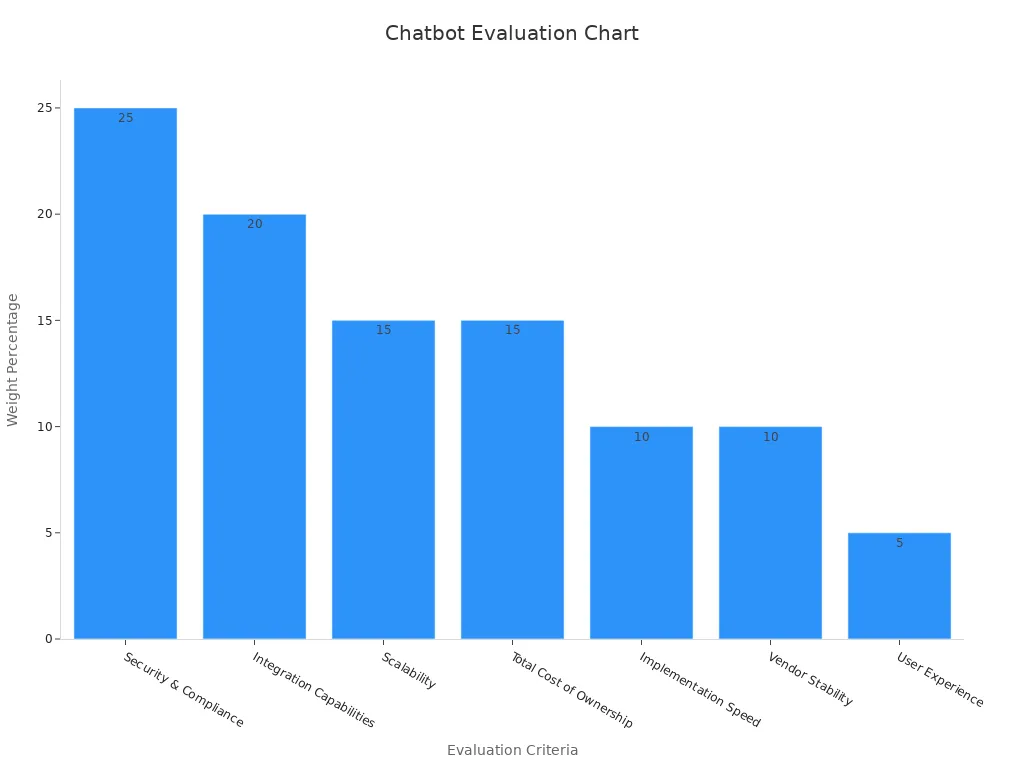
| Evaluation Criteria | Weight Percentage |
|---|---|
| Security & Compliance | 25% |
| Integration Capabilities | 20% |
| Scalability | 15% |
| Total Cost of Ownership | 15% |
| Implementation Speed | 10% |
| Vendor Stability | 10% |
| User Experience | 5% |
Ease of Use
A chatbot platform comparison should always start with ease of use. Many ai chatbot builders now offer point-and-click interfaces, making it simple for anyone to build and launch a chatbot. A custom chatbot builder should support screen readers and keyboard navigation. This ensures that users with disabilities can interact with the chatbot easily. Sobot’s ai chatbot builders, for example, allow users to create workflows without coding. The platform also marks conversation updates clearly, which helps users who rely on assistive technology.
- Accessibility features include:
- Customizable layouts for different needs
- Support for screen readers and keyboard shortcuts
- Clear labeling of chatbot and user responses
Customization
Customization is another key factor in any chatbot platform comparison. Businesses need a custom chatbot builder that adapts to their unique needs. Leading ai chatbot builders let users design conversation paths, automate workflows, and personalize responses. Sobot’s ai chatbot builders provide a flexible custom chatbot builder that supports multiple languages and integrates with business systems. This helps companies create chatbots that match their brand and serve their customers better.
- Custom chatbot builder features:
- Tailored conversation flows
- Industry-specific templates
- Integration with CRM and marketing tools
Integration
Integration measures how well a chatbot connects with other systems. A chatbot platform should offer API-first architecture, real-time data sync, and secure authentication. Sobot’s ai chatbot builders make integration easy with RESTful APIs and webhooks. The custom chatbot builder connects with CRM, email, and social media, allowing seamless data flow. Analytics tools track user engagement, task completion, and satisfaction, helping businesses refine their chatbot over time.
- Key integration metrics:
- Response times
- Resolution rates
- User satisfaction
- Task completion
- Engagement levels
Tip: Companies should set clear goals and KPIs before starting a chatbot platform comparison. This helps them choose the best ai chatbot builders and custom chatbot builder for their needs.
Sobot Chatbot Platform Strengths
Omnichannel Support
Sobot’s chatbot platform delivers true omnichannel support. Businesses can connect with customers across chat, email, voice, and social media. The platform integrates seamlessly with WhatsApp Business API, making real-time communication possible. This integration allows companies to automate responses and manage conversations from one unified dashboard. Teams save time by handling routine queries efficiently, which boosts productivity and customer satisfaction.
- Users highlight Sobot’s ability to:
- Resolve 70% of customer inquiries through ai-driven chatbots.
- Provide 24/7 AI agent service for continuous support.
- Offer over 300 statistical reports for deep insights.
| Performance Statistic / Feature | Description / Impact |
|---|---|
| Omnichannel AI Integration | Supports WhatsApp, chat, email, voice, and social media for seamless automation and communication. |
| Inquiry Resolution Rate | Resolves 70% of customer inquiries, improving efficiency. |
| No-Code Platform | Enables fast deployment and customization without coding. |
AI and Automation
Sobot’s ai chatbot platform uses advanced AI and automation to transform customer service. The platform leverages predictive analytics and real-time insights to identify high-value customer segments. Businesses using Sobot’s ai-driven chatbots have seen a 25% increase in customer lifetime value. Automation reduces first response time from 15 minutes to just 2 minutes and cuts resolution time in half.
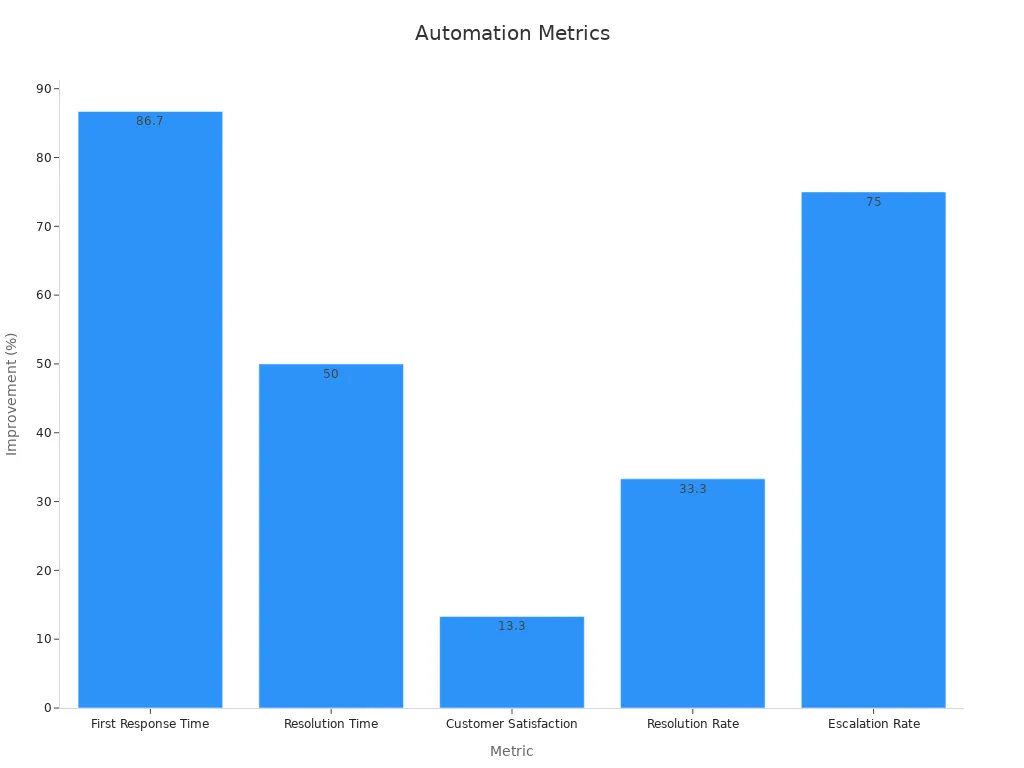
| Metric | Before Automation | After Automation | Improvement (%) |
|---|---|---|---|
| First Response Time | 15 minutes | 2 minutes | 86.7% reduction |
| Resolution Time | 60 minutes | 30 minutes | 50% reduction |
| CSAT | 75% | 85% | 13.3% increase |
| Resolution Rate | 60% | 80% | 33.3% increase |
| Escalation Rate | 20% | 5% | 75% reduction |
Sobot’s ai-driven chatbots free agents from repetitive tasks, allowing them to focus on complex issues. This shift leads to higher productivity and better customer experiences.
Multilingual Capabilities
Sobot’s conversational chatbot supports multiple languages, making it ideal for global businesses. The ai chatbot can interact with customers in their preferred language, ensuring clear and accurate communication. This feature helps companies serve diverse markets and improve customer satisfaction worldwide.
- Key multilingual benefits:
- AI-driven chatbots handle conversations in over 30 languages.
- Businesses reach more customers and boost engagement.
- Consistent service quality across regions.
Sobot’s multilingual conversational chatbot ensures that every customer receives timely, relevant support, no matter where they are located. This capability strengthens brand loyalty and drives business growth.
Scalability and Security in Chatbot Platforms
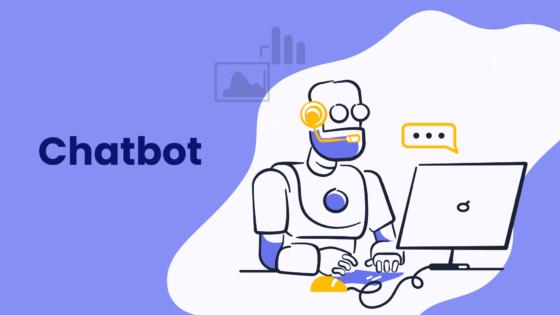
Handling High Volumes
Scalability remains a top priority for any chatbot platform. Businesses often experience spikes in customer inquiries during sales events or product launches. A scalable chatbot can handle thousands of conversations at once without slowing down or missing messages. Sobot designs its chatbot infrastructure with cloud-based servers and dynamic resource allocation. This approach ensures the chatbot stays responsive, even during peak hours.
Key metrics help measure how well a chatbot manages high volumes:
- User engagement rate: tracks how many users interact with the chatbot.
- Chat handoff and fallback rates: show how often the chatbot needs to transfer users to human agents.
- Customer satisfaction scores: reflect user experience during busy periods.
- Total number of conversations and unique users: indicate the chatbot’s capacity.
- Human takeover rate: measures when the chatbot needs support from agents.
- Goal completion rate: shows how often the chatbot helps users finish tasks.
Sobot’s chatbot platform uses real-time monitoring and load balancing. These features help maintain high performance and service quality. Companies can trust the chatbot to deliver consistent results, even when demand surges.
Data Privacy
Security and privacy are essential for every chatbot platform. Leading solutions, including Sobot, follow strict standards like GDPR and HIPAA. These regulations protect personal and sensitive information. Sobot’s chatbot uses strong encryption to keep data safe from cyber threats. The platform also supports secure cloud storage and high-performance servers.
Best practices for chatbot data privacy include:
- Aligning with global regulatory standards.
- Using advanced encryption algorithms.
- Integrating with secure business systems.
- Maintaining transparency in data collection and processing.
- Adopting ethical AI practices to reduce bias.
Sobot’s chatbot platform gives businesses confidence that customer data stays private and secure. This commitment to privacy builds trust and supports long-term customer relationships.
Choosing the Right Chatbot Platform
Matching Business Needs
Selecting the right chatbot platform requires a clear understanding of business goals and user expectations. Companies should start by defining the main purpose of the chatbot. Some businesses focus on customer experience management, while others want to automate support or drive sales. The best use cases often depend on industry needs and customer behavior.
A successful selection process considers several benchmarks:
- Customer satisfaction rates: For example, Valley Driving School achieved a 94% satisfaction rate after deploying a chatbot.
- Problem resolution percentages: Dish Network’s chatbot independently resolves 40% of customer questions.
- User engagement metrics: Grove Collaborative manages 68,000 tickets monthly with 95% customer happiness.
- Response speed and error rates: Companies should test these during free trials.
- Pricing: Businesses must compare plans, costs per message, and hidden fees.
- Ease of use: Platforms with drag-and-drop or custom chatbot builder features simplify setup.
- Integration: The chatbot should connect with CRM, CMS, and other systems.
- Multi-channel support: The chatbot must work across websites, apps, and social media.
- Provider reputation and support: Reviews and company history matter for long-term success.
Sobot offers a custom chatbot builder with a no-code interface, making it easy for teams to launch and manage chatbots. Its ai chatbot builders support omnichannel communication and multilingual service, helping companies reach more customers. Sobot’s transparent pricing and scalable plans fit businesses of all sizes.
Tip: Companies should align chatbot features with their growth plans and customer needs. Testing different ai chatbot builders helps identify the best fit for specific workflows.
Summary Table
The following table summarizes key criteria for evaluating chatbot platforms. Companies can use this as a checklist when comparing options like Sobot and other ai chatbot builders.
| Criteria / Benchmark | Description |
|---|---|
| Purpose | Define the main goal for the chatbot. |
| Target Audience | Match chatbot style to user preferences. |
| Conversational Scope | Set clear boundaries for chatbot topics and escalation points. |
| User Experience (UX) | Ensure a simple, clean interface for users. |
| Platform Integration | Decide if the chatbot will embed in a website, app, or messaging platform. |
| AI, ML, NLP Capabilities | Assess the need for advanced AI features or rule-based responses. |
| Response Time and Accuracy | Set benchmarks for fast, accurate replies. |
| Multilingual Support | Offer service in multiple languages if needed. |
| Analytics and Reporting | Track KPIs and optimize chatbot performance. |
| Scalability | Plan for increased chatbot usage as the business grows. |
| Pricing | Compare plans, message costs, and hidden fees. |
A multi-criteria decision-making framework, such as the Analytic Hierarchy Process, can help companies weigh these factors. This approach supports a data-driven selection, balancing features, pricing, and performance. Sobot’s ai chatbot builders and custom chatbot builder provide flexibility, robust integration, and transparent pricing, making them a strong choice for businesses seeking reliable chatbot solutions.
Real-world chatbot case studies reveal that platform strengths shape both customer support and business results. Companies like KLM Royal Dutch Airlines and Urban Company achieved up to 90% faster response times and resolved 85%-90% of queries with a chatbot. Sobot’s chatbot platform demonstrates similar success, helping brands improve customer satisfaction and operational efficiency.
| Company / Organization | Metric Description | Numerical Impact / Percentage |
|---|---|---|
| KLM Royal Dutch Airlines | Increased customer interaction speed | 50% faster |
| Urban Company | Queries resolved by chatbot | 85%-90% resolved |
| Meesho | Customer satisfaction score increase | 25% increase |
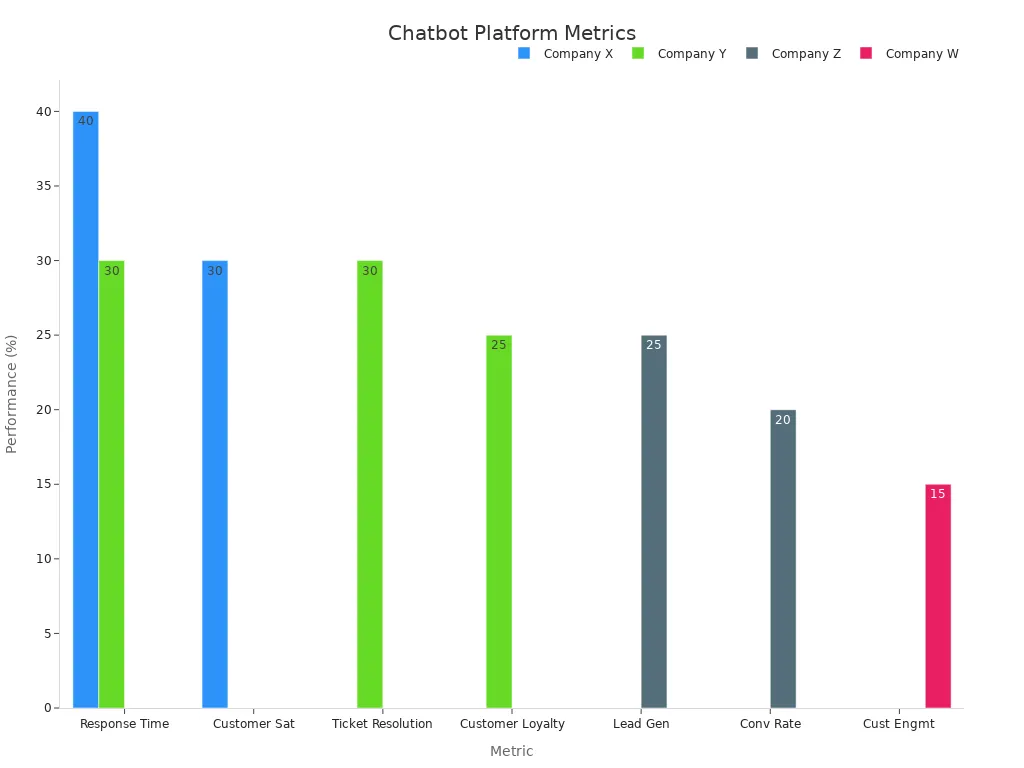
Selecting a chatbot platform based on proven case studies and performance metrics leads to measurable gains in customer engagement, satisfaction, and retention. Sobot’s solutions empower businesses to optimize customer journeys and achieve lasting results. Companies should review case studies, compare platforms, and align chatbot features with their customer support goals.
FAQ
What is a chatbot and how does it help businesses?
A chatbot is an AI-powered tool that automates conversations with customers. Businesses use chatbots to answer questions, provide support, and guide users. For example, Sobot’s chatbot can resolve up to 83% of customer inquiries, improving efficiency and satisfaction.
How does Sobot ensure data privacy and security?
Sobot follows strict data protection standards, including GDPR compliance. The platform uses advanced encryption and secure cloud storage. Regular audits and continuous monitoring help protect sensitive customer information and maintain trust.
Can Sobot’s solutions support multiple languages?
Yes. Sobot’s platform supports over 30 languages. This feature allows companies to serve global customers and maintain consistent service quality. Multilingual support helps businesses reach new markets and improve customer engagement.
What results have companies achieved with Sobot?
Companies using Sobot report measurable improvements. OPPO saw a 94% positive feedback rate and a 57% increase in repurchase rates. Sobot’s automation also reduced knowledge base maintenance by 90%, saving time and resources.
How easy is it to integrate Sobot with existing systems?
Sobot offers a no-code interface and RESTful APIs. Businesses can connect Sobot to CRM, email, and social media platforms quickly. This seamless integration streamlines workflows and enhances customer support operations.
See Also
Simple Steps To Add Chatbots On Your Website
How To Select The Ideal Chatbot Software Solution
Key Advantages Of Using Chatbots On Websites
